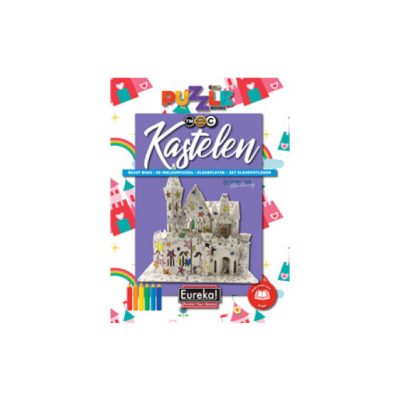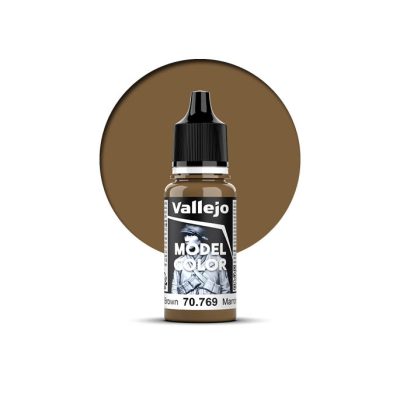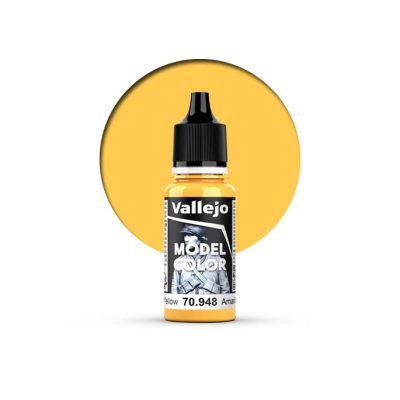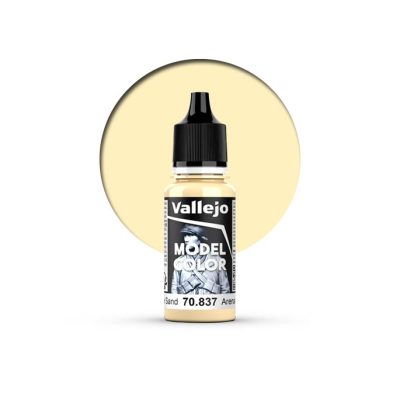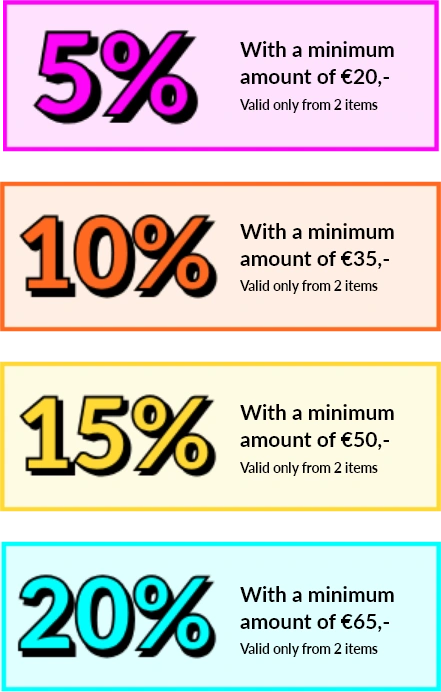With a minimumamount of €20.
Valid only from 2 items
With a minimumamount of €35.
Valid only from 2 items
With a minimumamount of €50.
Valid only from 2 items
With a minimumamount of €65.
Valid only from 2 items

Frequently asked questions (FAQ)
Speedcubes
UV Coating: A popular choice is the UV coating.
Although they may be a bit smoother, these cubes have a premium feel.
A UV finish is a specific type of glossy coating achieved by applying a special lacquer that is then cured under ultraviolet (UV) light.
In addition to a glossy look, the UV finish provides additional protection against scratches and wear, making the cube very durable.
Frosted: A frosted appearance is a slightly rough, grainy finish with a subtle and soft form of gloss.
This texture makes fingerprints and smudges less visible, offers better grip and increased durability against scratches and scuffs.
Matte: A speed cube with a matte appearance has a flat, non-glossy surface that is consistent and even in texture and appearance, with no variations or irregularities a finish that is completely non-reflective.
This texture reduces the visibility of fingerprints and smudges, provides extra grip and creates a quieter visual appearance without reflections.
Black: Traditional speedcubes often have a black base plastic, which provides a strong visual contrast to the colored stickers.
Stickers offer many opportunities for customization, but can wear off or come off over time.
Alternatively, many cubers choose stickerless cubes, which use colored plastic pieces and have no risk of sticker wear.
These remain bright and easy to maintain, although some leagues once had restrictions on their use.
Primary: For a more subtle look, cubes with primary plastic – light gray or off-white base plastic – offer a more muted look.
Although the visual contrast with the colored surfaces is less sharp than with black cubes, they do have a unique and attractive aesthetic.
Gummy: There is also the gecko texture, also known as a gummy finish.
This rubbery coating provides extra grip, which is especially useful for cubers with sweaty hands.
It allows for better control while turning, although it may feel a bit sticky to some users. Glossy: Another popular choice is the glossy finish, which provides a shiny and reflective surface.
Although visually appealing, a glossy finish can offer slightly less grip compared to matte or rubberized finishes. Jelly: Jelly speed cubes are distinguished by their unique and striking aesthetic.
These cubes have a translucent, pastel-colored finish that gives them a fresh, colorful look.
The brightly colored, semi-transparent pieces make the cube look visually appealing and playful.
Despite their unusual appearance, jelly cubes offer the same texture as standard plastic cubes, without the added grip of a gummy finish.
For speedcubers looking not only for performance, but also for a cube that looks unique, jelly cubes are a perfect choice. Metallic: For those looking for something truly unique, there is also a metallic coating.
These give an eye-catching shine and a distinctive look, they are mainly for decorative purposes and are not standard in the speed cube world.
There is some doubt about what is the hardest Rubik’s Cube ter crude. God’s Number 3x3x3 or the 17x17x17.
Although God’s Number relates specifically to the 3x3x3 Rubik’s Cube, it can be argued that solving a 17x17x17 Rubik’s Cube is generally more challenging because of its greater size and complexity.
A cube always has 6 sides, regardless of size. Each side of a cube is a square plane. So, regardless of whether a cube is 3×3 or some other size, it will always have 6 sides. However, the size and number of blocks within the cube can vary.
Rubik’s Cube is a puzzle invented by Professor Erno Rubik of Hungary. He made the first version of the cube in 1974. Initially, Rubik designed the cube to help his students understand three-dimensional challenges. Soon he realized that his invention was also a challenging puzzle! The Cube was initially called Magic Cube, but this was later changed to Rubik’s Cube when it became popular worldwide as a speed cube. In 1980, Rubik’s Cube was officially launched at an international toy fair and quickly grew into a worldwide phenomenon.
A Rubik’s Cube features six unique, vibrant colors, each perfectly matching the different sides of the cube.
People unfamiliar with speed cubes often call them Rubik’s cubes. A brand unto itself, Rubik’s is a challenging puzzle shaped like a cube, with each surface having a unique color. Typically, each surface consists of 3 rows and 3 cubes.
Solving a cube takes patience, practice and perseverance! By consulting various resources such as our blog, videos and books and learning from experienced cubers, you can improve your skills. Experiment with different techniques and algorithms to get better. It is also helpful to take notes to keep track of your steps as you solve. Remember to enjoy the process and challenges involved in solving the cube. Making mistakes is human and part of the learning process. Therefore, stay focused and above all don’t give up, even when things get tough for a while. The best cubers in the world once started at Step 1, too. By persevering, you will get better and better and develop the skill to solve the cube without problems. Each solved cube will give you satisfaction and motivate you to continue. Remember that the journey of solving a cube is as valuable as the end result. Enjoy the challenge, improve your mental acuity and develop a sense of accomplishment as you solve the cube step by step.
So go for it, keep practicing and solve that cube!
Over the years, many different people have contributed to the cube, but one of the first designers is Erno Rubik, a professor from Hungary who in 1974 initially made it from 27 wooden cubes for his students to explain a mathematical topic. Rubik was not sure if there was a solution, so it took him a month to solve the puzzle himself first.
At an exciting event in Long Beach, a young contestant from California amazed everyone by solving the 3x3x3 cube in an incredible time. With an astonishing new world record time of just 3.13 seconds, Max Park proved to be a true speed cube champion. This achievement is a whopping 0.34 seconds faster than the previous record, which remained undefeated for over 4 years.
Especially For You

